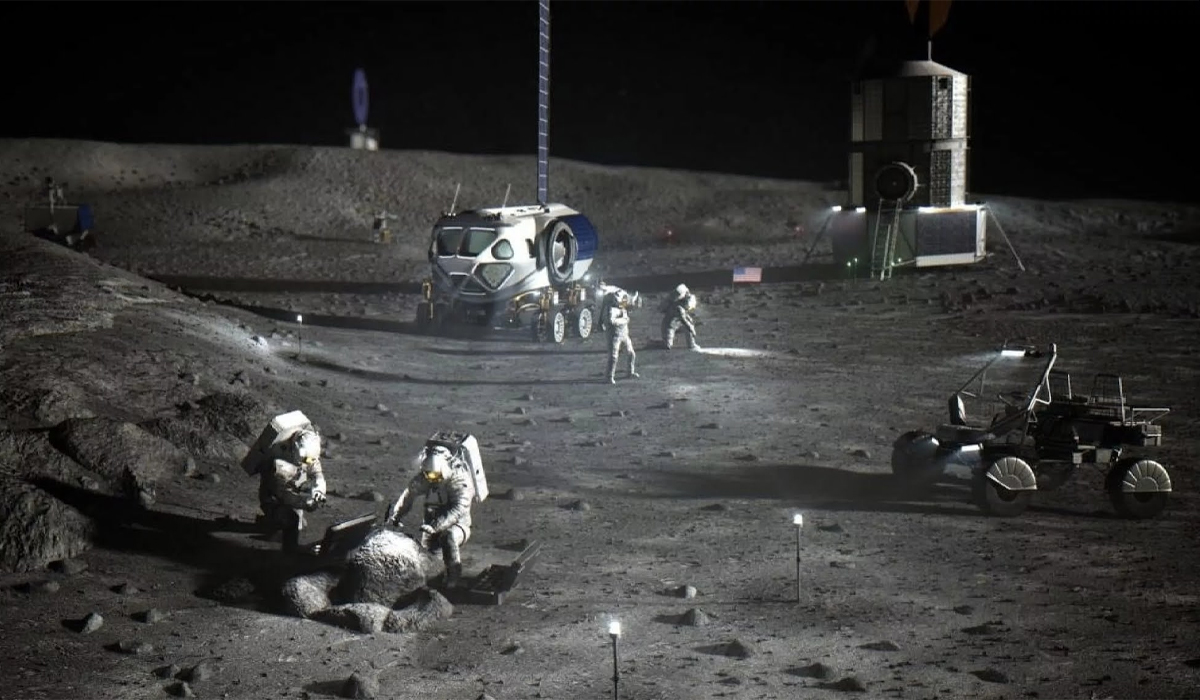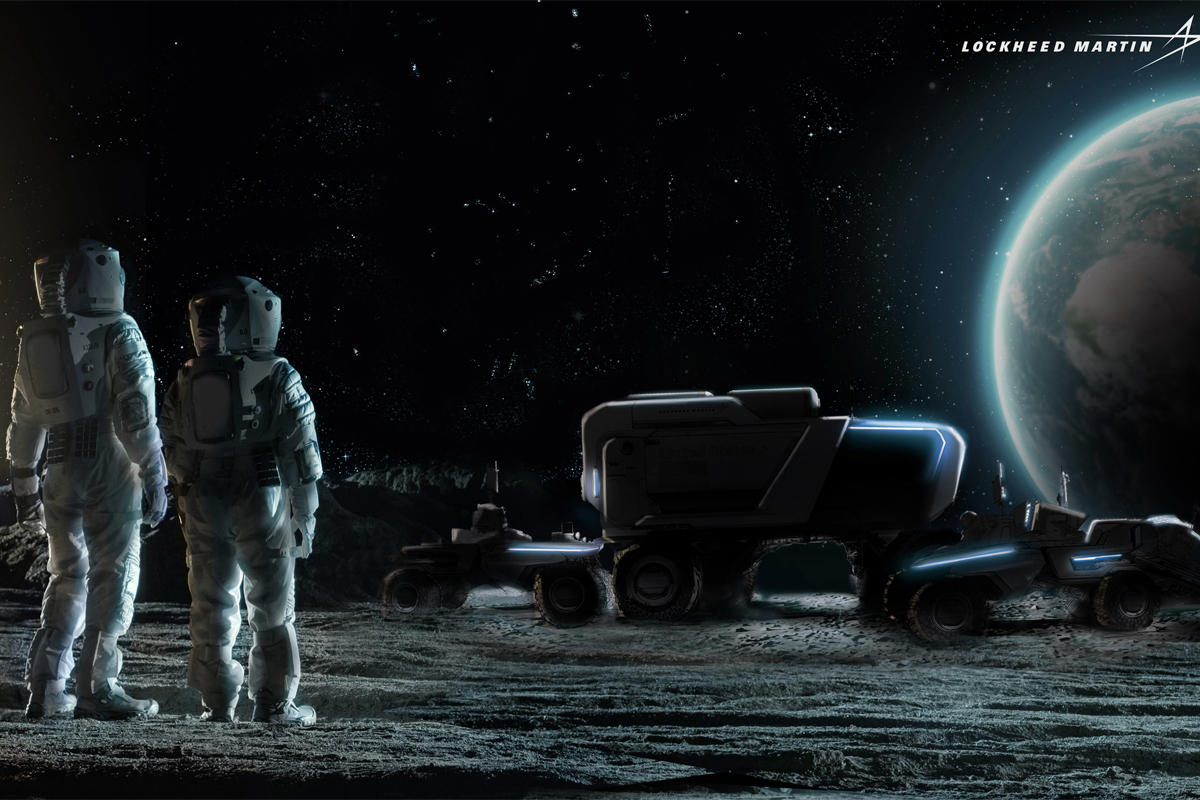Industry heads and space nerds are over the moon about the partnership between GM and Lockheed-Martin to build the next-generation lunar rover for NASA’s Artemis missions. The companies’ joint announcement of the project in late May opened the door for development, implying a marriage of GM’s engineering capability and Lockheed-Martin’s cutting-edge tech.
“This is the stuff you dream about as a kid in science class,” Madhu Raghavan, Global Research & Development Group Manager at GM, said. “People want to be part of this.” Raghavan is right on point. My editors may or may not have told me to stop writing about vehicles, but this time, I had to take one small step for man.
The Artemis Program: Humans on the Moon for First Time in 50 Years
NASA’s Artemis program will land humans on the lunar surface for the first time since 1972. It’s a scientific mission, engineered to gather critical information for the first manned missions to Mars.
That’s right: Mars. Artemis plans to put boots on moon dust by 2024. The next goal is to institute “sustainable missions” by 2028. At that point, NASA hopes to have the information it needs to send astronauts on the long journey to the red planet.
I don’t care who you are; if you don’t think that’s cool, you need to check your priorities. (Again, if my editors would continue to kindly look the other way….)

Lunar Mobility: Next Generation Lunar Rover from GM and Lockheed-Martin
Lockheed-Martin brings decades of experience working with NASA to the table. The company has built or contributed to various spacecraft dating back to the Viking missions in the 1970s; as well, NASA flew its iconic SR-71 Blackbird during the aircraft’s 36 years of service.
Lockheed-Martin will lead the team, but GM will bring valuable off-road engineering experience, a focus on human safety, and, notably, a technology from its growing electric vehicle program.
The finished product will need everything the team can pack it with: its challenges are steep. Lunar days and nights are two weeks long. Daytime temperatures reach 260°F; temperatures at night drop to a mind-bending 260°F below. Of course, the vehicle will also face intense radiation as astronauts deploy it on an array of scientific missions.
According to Lockheed-Martin, the rover will be tasked on missions intended to “increase our understanding of how the Moon formed and evolved, how it interacts with the Sun, and how water and other resources arrived at the Moon, and how they are transported and preserved.”
A Long Way to the Top: How to Drive a Lunar Rover
There’s only one way to get behind the wheel or joystick, of the new lunar rover: join NASA. And even then, you may not get to joyride it — GM and Lockheed-Martin also target full autonomous capability.
The closest you can get in the consumer market? Any electric vehicle made by GM, such as the 2022 Ford F-150 Lightning. It’s hinted that R&D on the lunar rover’s battery tech could bleed over to electric vehicles here on Mother Earth.



